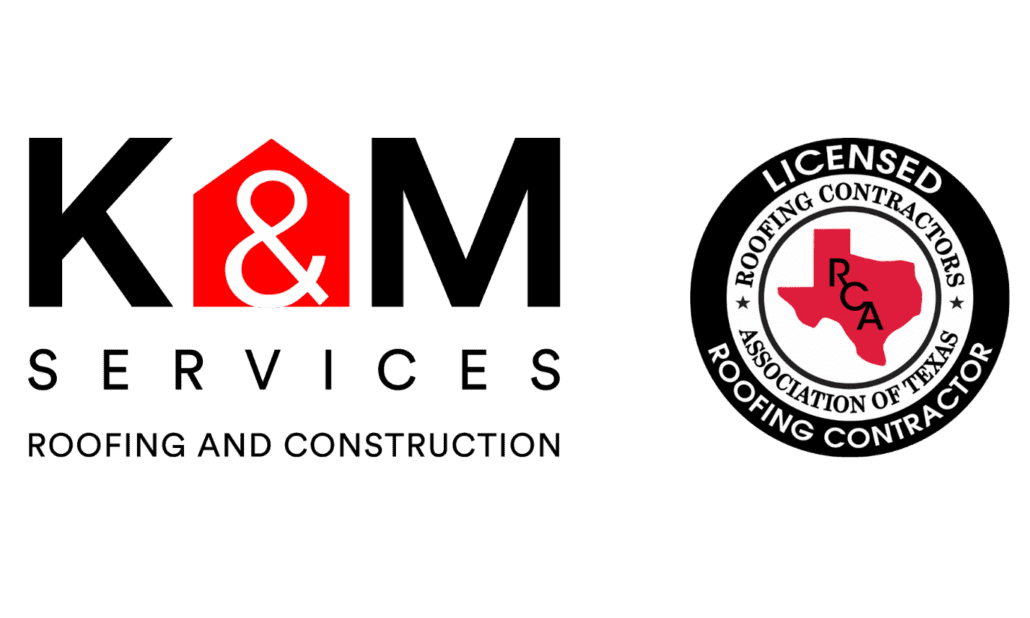6 Common Roofing Problems DFW Roofers See In Texas Storms
Texas, as a state, experiences a dynamic climate that is quite different from that of the rest of the country. As DFW Roofers, we’ve experience a multitude of weather related roofing problems across the Dallas Forth Worth communities. Texas weather ranges from sub-tropical to tropical and, is sometimes, even arid.
This difference in the weather pattern is owing to the vast expanse of the state. Apart from humid summers and mild winters, the state’s residents also have to combat frequent hurricanes, thunderstorms and tornadoes.
Thunderstorms, among these, further add to the woes of hot and humid summers. Accompanied by lightning, torrential rainfall and hail, these thunderstorms are almost a staple of DFW Texas summers.
DFW Weather and Roofing
Such weather conditions, unfortunately, have the potential of wreaking havoc on the roofing of most houses.
Weather conditions in DFW Texas can damage roofs in various ways. With 30+ years working as DFW Roofers, we’ve seen our fair share. For instance, the heat and humidity of summers can lead to the growth of roof mould, usually in the form of blue green alga spread by airborne spores. The shingles of the roof may also curl up due to heat.
On the other hand, raging storms in Dallas Fort Worth TX can easily dislodge certain parts of the roof, especially if they were worn out or loose. This can lead to dented or missing shingles, or granule loss, or more severe damage to portions of a house’s roofing. Here are a few common roofing problems due to storms, in Texas –
1. Shingles may curl
Storm, or even strong wind, can cause shingles on roofs to curl. This mostly happens because shingles on the edges and corners are particularly prone to curling. Old shingles, on the other hand, become brittle over time. If their granules wear off, direct sunlight further adversely impacts these roof shingles.
Shingles can also fall off when weakened or struck by blowing debris. The ones that become loose may peel off in parts or blow off in sections.
2. Damage to chimney flashing
In times of storms, there may be crack or dents in the chimney flashing. The function of chimney flashing is to enclose the space between the chimney and roof for stopping water from entering the space.
The flashing around pipes and vents may also be damaged from a storm. It can then eventually lead to roof leakage. It is, thus, important to secure all flashing in its position. The main function of flashing is to prevent water from seeping into the building assemblies or materials as moisture will damage the latter.
3. Blow off and structural damage
Storms or strong winds in Texas tend to blow unevenly and erratically tossing around debris or other objects that may severely damage a roof. A roof even stands the chance of blowing off. It is likely to be that part of the roof which lay exposed to the strongest wind.
Roof sheathing and roofing felt can also be blown away. It is especially true in case of metal roofs if the end caps are not affixed properly, leading to the panels being lifted.
Roofs are also likely to experience structural damage with trees or branches falling on them. Such structural damage may range from small punctures to that of a full collapse of a part of the roof. Sometimes if an object or debris hits the roof hard enough, there can be damage to the attic space of a house, as well.
4. Leakage
Leakage usually results from damages to flashing. Alternatively, broken tree branches or flying objects can hit and make a hole leading to a leak in the roof. However, such leaks may be difficult to detect. For instance, even if a hole is made by a popped nail, water can leak through the roofing or around the damaged flashing. Water, when accumulated behind an ice dam, can also seep in through the leakage.
Such source of leakage can be found in any of these points – cracks in vents and chimneys, damage in ice-dams, destroyed shingles as well as holes in the deck in the attic.
5. Damage in gutter
Downspouts or gutters may also be badly affected during severe storms. Such damage may be caused either by wind or by falling debris. Even though damages caused to gutter are easily identifiable, it should also be checked whether water is flowing without any obstruction through them.
Bent, blocked or fallen gutters will have to be thoroughly checked as those are crucial for protecting the walls and roof of the house. If the roof runoff is not in proper shape, there may be damage from moisture.
6. Skylight damage
Storms are likely to damage the glass panels in skylights. On the other hand, the panel itself might remain intact but, edges or flashing may be damaged due to heavy debris striking the skylight.
These are a few roofing problems that residents of Texas have to deal with after almost every storm. It is, thus, important to make a careful examination of roofs after any storm, irrespective of their previous condition. If there is any sign of damage or leak, engage an experienced roof repair company for further examining. Else the damage might just get aggravated!
When weather conditions become a problem for your DFW roof, K&M Roofing is here to help you every step of the way. Count on us to provide you with everything you need to secure one of your biggest investments in and on your home. Our roofers in DFW have 30+ years of residential and commercial roofing experience here in the Dallas Fort Worth area.
Call us today at 817-918-3940 to set up your free estimate and ensure your DFW roof is ready for whatever our unpredictable weather here in DFW Texas may bring.



